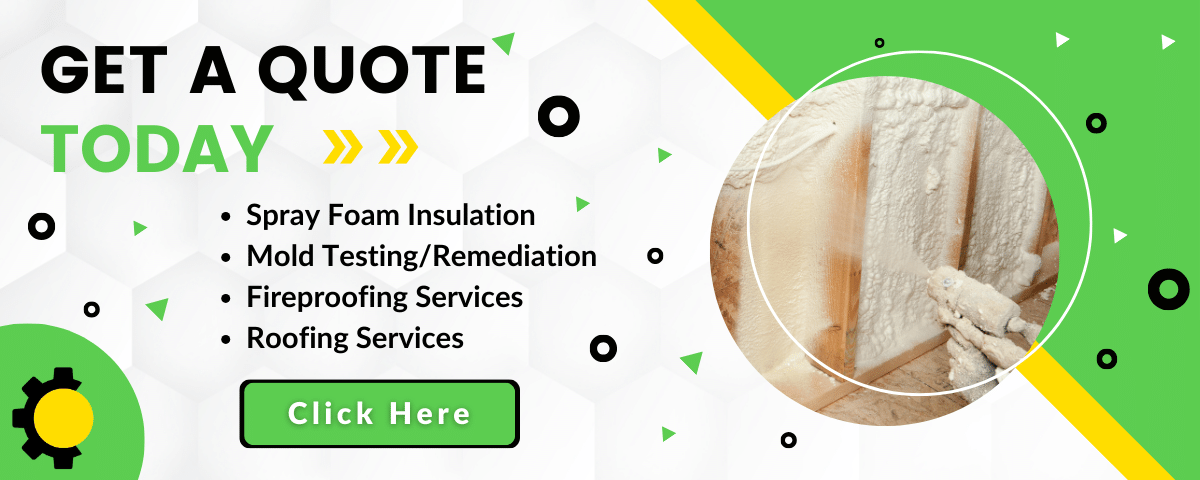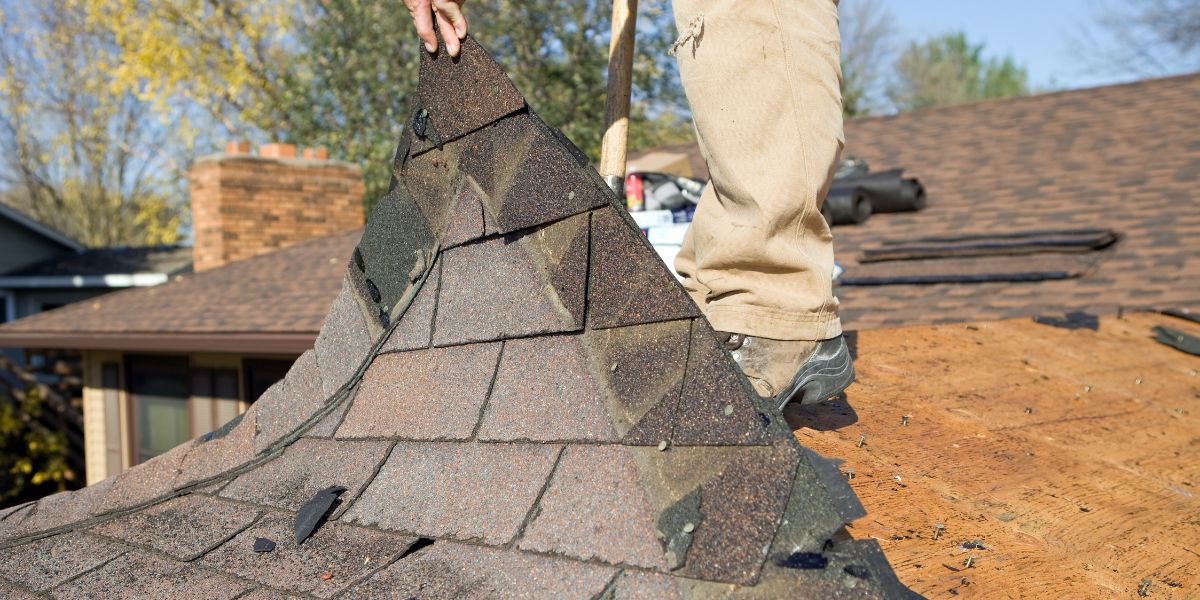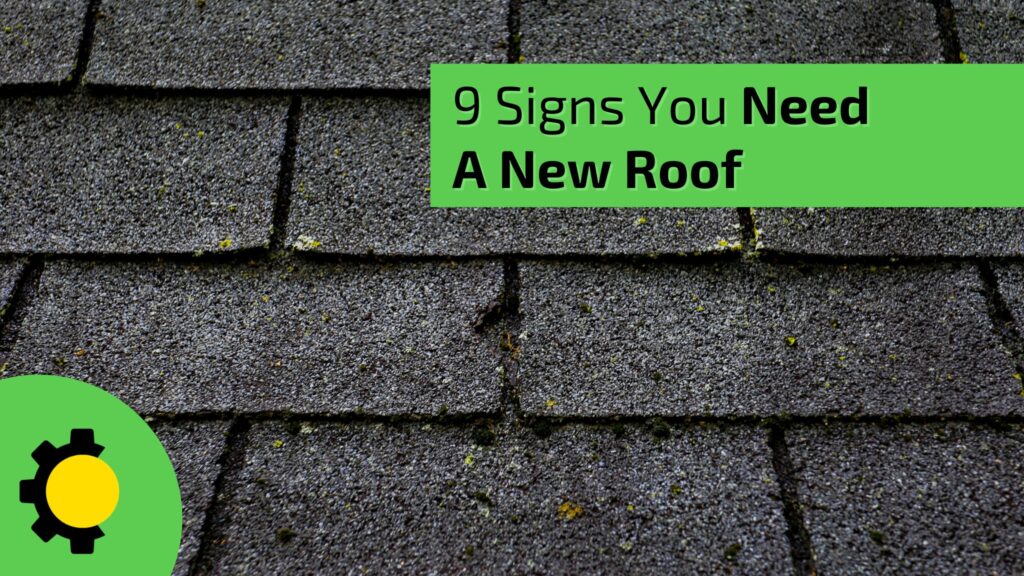Roofs are exposed to harsh elements all the time. This important layer is subjected to a variety of harsh elements, including freezing temperatures, high winds, and rain. Although some roofs may last up to 25 years, the shingles will eventually age, bend or break. You may not be able to tell the extent of damage from the ground. But these nine signs will give you a clue.
1. Roof is about to turn 25
Check receipts or improvement records to find out when your roof was last replaced. Asphalt shingle systems typically last 20 to 25 years. Most homeowners will start thinking about a new roof after this time period has passed.
The shingles may not last as long if they are installed over an existing layer. These types of applications are typically good for 20 years.
2. You’re Neighbors are Getting Theirs Done
The sound of roofing nails in the neighborhood could be a warning for homeowners living in subdivisions and developments. The majority of developments only build a few homes at a given time. This means that the houses in the same neighborhood are all relatively similar in age. Since these houses are often built with the same materials, they should degrade at the same rate. If everyone is changing their roof then you might want to do the same.
3. Missing Shingles
A missing shingle is never a sign of good health. It happens when the shingle weakens and the adhesive that holds the bottom of the shingles in place begins to separate from the course beneath. The shingle will fall with just the right wind gust.
It’s not the end of the world if you have one or two missing shingles. In some cases the problem could be caused by improper installation. The roof can be repaired quickly, even if the color of the shingles is not exactly the same.

4. Shingles are starting to cup, curl or Claw
The cupping, the curling and the clawing are all signs that your roof is about to reach its end. The ends of the shingles curl and cup, as they peel away from the course below and begin to point upward. Clawing is when the middle of the shingle lifts, while the ends remain in contact with your roof. Both conditions are not good and can be caused by extreme temperatures, improper installations, poor ventilation, or even age.
5. Grit in the Gutter
Asphalt shingles are coated with granules or grit, which creates a barrier to the sun. Normal for some grit to fall off the roof (especially if it’s a new roof). If the granules in your gutters keep increasing, you may have a problem. The sun would bake the shingles without the grit and they could warp, cup, or deteriorate.
6. Cracking Shingles
You may see cracks on two or more shingles from the ground. But those aren’t actually cracks. These are actually tears caused by repeated thermal expansion and contracting cycles. The shingles will expand as the sun heats up the roof. When temperatures drop, the shingles contract. These tiles will tear over time and cause structural damage and leaks.
7. Shingle Pieces for the Yard
Shingles do not always fall in large strips. It’s common to find small pieces of shingles on the ground when a roof is deteriorating. However, it’s difficult to determine where these pieces came from. If you notice small shingles scattered around your yard after several windstorms, it’s worth getting a professional to check out the roof.

8. Sagging Roof
Sagging roofs are one of the best indicators that it’s time for your roof to be replaced. When there is structural damage below the shingles (such as severe water damage, or a broken beam), sagging can occur. To fix the problem, the contractor will have to remove both the plywood and shingles.
9. Water Damage
Water damage that appears inside your home is an obvious sign that your roof is not doing its job. The damage may be caused by ice dams or deteriorated flashing, shingles that are compromised, or improper installation. Leaks won’t go away on their own. Homeowners should consider replacing or Repairing their roof In a short time. Mold and pests such as carpenter ants can be attracted by a leaky roof.
In conclusion
Recognizing the signs that indicate you need a new roof can save you from potential headaches and costly repairs down the road. From the roof’s age and neighborhood trends to visible shingle damage and signs of water intrusion, each of these indicators provides a critical clue about your roof’s condition. Regular inspections and timely interventions can help you maintain the integrity of your home, ensuring it remains a safe and comfortable place for you and your family. If you notice any of these nine signs, it might be time to consult a roofing company to assess the situation and plan for a roof replacement. Taking proactive steps now can protect your investment and provide peace of mind for years to come.

